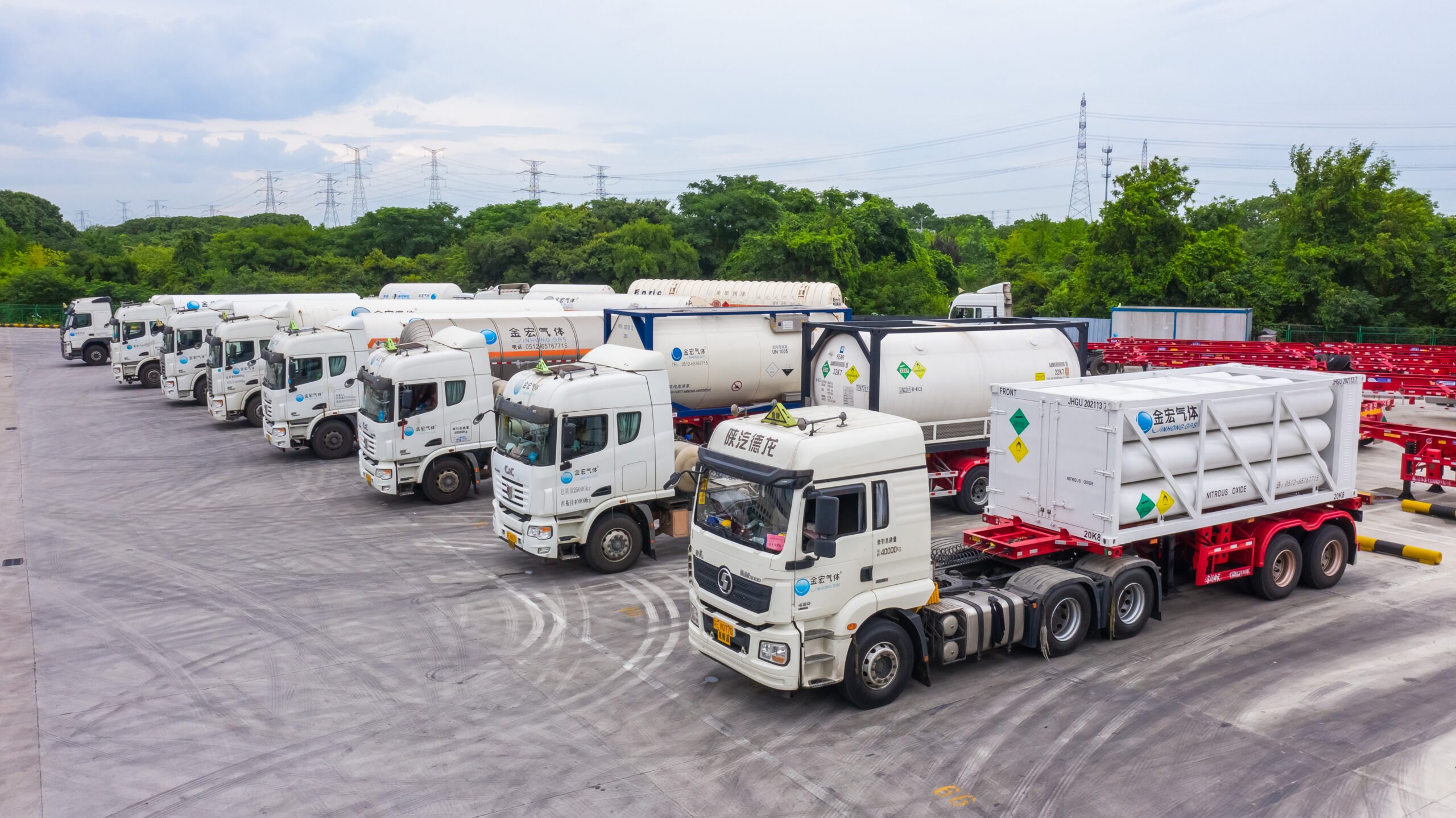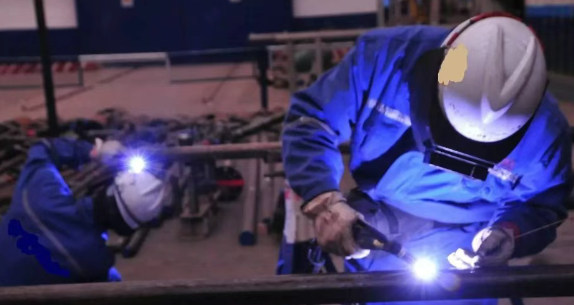Before discussing the process, it’s important to note that oxygen and acetylene should never be filled or stored in the same tank. These two gases are highly reactive and can cause explosive reactions if mixed. Instead, oxygen and acetylene are stored in separate, specially designed cylinders and only mixed safely at the welding torch or cutting tip.
This article explains the correct handling, storage, and filling principles for oxygen and acetylene cylinders used in industrial applications such as welding and metal cutting.
1. Understanding Oxygen and Acetylene Cylinders
- Oxygen Cylinders
These are high-pressure steel or aluminum cylinders filled with pure oxygen (99.5% or higher). Oxygen supports combustion, which means it can cause other materials to burn more intensely but does not burn by itself. - Acetylene Cylinders
Acetylene is a flammable gas dissolved in a solvent (usually acetone or DMF) within a porous mass inside the cylinder. It must be stored below 15 psi (1 bar) to prevent instability or explosion.
2. Why Oxygen and Acetylene Are Not Filled Together
Oxygen and acetylene are used together in oxy-acetylene welding, but they must never be mixed inside the same tank. The reason is simple:
🔥 Oxygen accelerates combustion, and acetylene is highly flammable. When combined under pressure, even a small spark can lead to violent explosions.
Therefore, each gas must have its own dedicated filling and storage system.
3. Safe Procedure for Filling Cylinders
While you cannot fill an oxygen tank with acetylene, each gas follows strict filling standards:
Filling Oxygen Cylinders:
- Cylinders are first cleaned and vacuum-tested.
- Oxygen is compressed into the cylinder under high pressure (typically up to 2000–3000 psi).
- Leak checks and purity tests are performed before sealing and labeling.
Filling Acetylene Cylinders:
- Cylinders are filled with a porous mass material (to stabilize the gas).
- A solvent such as acetone is added to dissolve acetylene safely.
- Acetylene is slowly filled under low pressure while monitoring temperature and pressure levels.
- Cylinders are then tested for leaks and valve performance.
4. Safety Tips for Using Oxygen and Acetylene Tanks
- Always store oxygen and acetylene cylinders at least 5 meters apart.
- Keep cylinders upright and secured during storage or use.
- Never use oil or grease on oxygen regulators or valves.
- Check hoses, regulators, and torches for leaks before operation.
- Use flashback arrestors and check valves to prevent flame return.
5. Key Applications
Oxygen and acetylene are widely used together for:
- Metal cutting and welding
- Flame hardening and brazing
- Glass and jewelry manufacturing
- Laboratory and research heating applications



